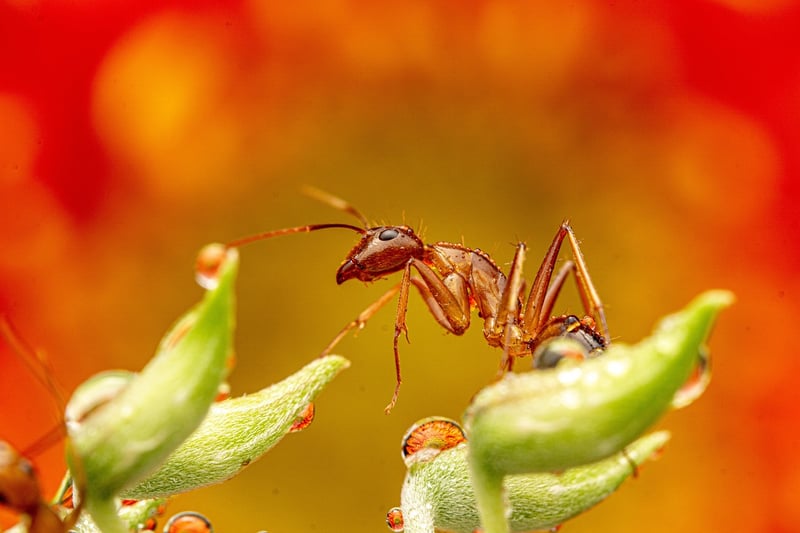Dealing with Whiteflies
Addressing Common Garden Pests: Dealing with Whiteflies
Welcome to our guide on addressing common garden pests, where today we tackle the pesky whiteflies. These tiny insects can wreak havoc on your plants, causing damage and stress to your beloved garden. But worry not, we've got you covered with effective strategies to deal with whiteflies and protect your plants.
Identifying Whiteflies
Whiteflies are small, flying insects that resemble tiny moths. They typically congregate on the undersides of leaves and feed on plant sap. You may notice yellowing leaves, stunted growth, and a sticky residue known as honeydew on your plants – all signs of a whitefly infestation.

Preventing Whitefly Infestations
Prevention is key when it comes to whiteflies. Here are some tips to keep these pests at bay:
- Regularly inspect your plants for any signs of whiteflies.
- Introduce natural predators like ladybugs or lacewings to control whitefly populations.
- Avoid over-fertilizing your plants, as this can attract whiteflies.
- Use reflective mulch to deter whiteflies from landing on your plants.
Dealing with Whiteflies
If you already have a whitefly infestation, here are some methods to effectively deal with them:
- Pruning: Remove heavily infested leaves and branches to reduce the whitefly population.
- Neem Oil: Apply neem oil to affected plants, as it acts as a natural insect repellent.
- Yellow Sticky Traps: Place yellow sticky traps near your plants to catch adult whiteflies.
- Homemade Soap Spray: Create a solution of water and mild soap to spray on plants, suffocating the whiteflies.
By following these preventive measures and treatment options, you can effectively manage whitefly infestations in your garden and protect your plants from harm. Remember to stay vigilant and act promptly at the first signs of an infestation to keep your garden healthy and thriving.
Happy gardening!
